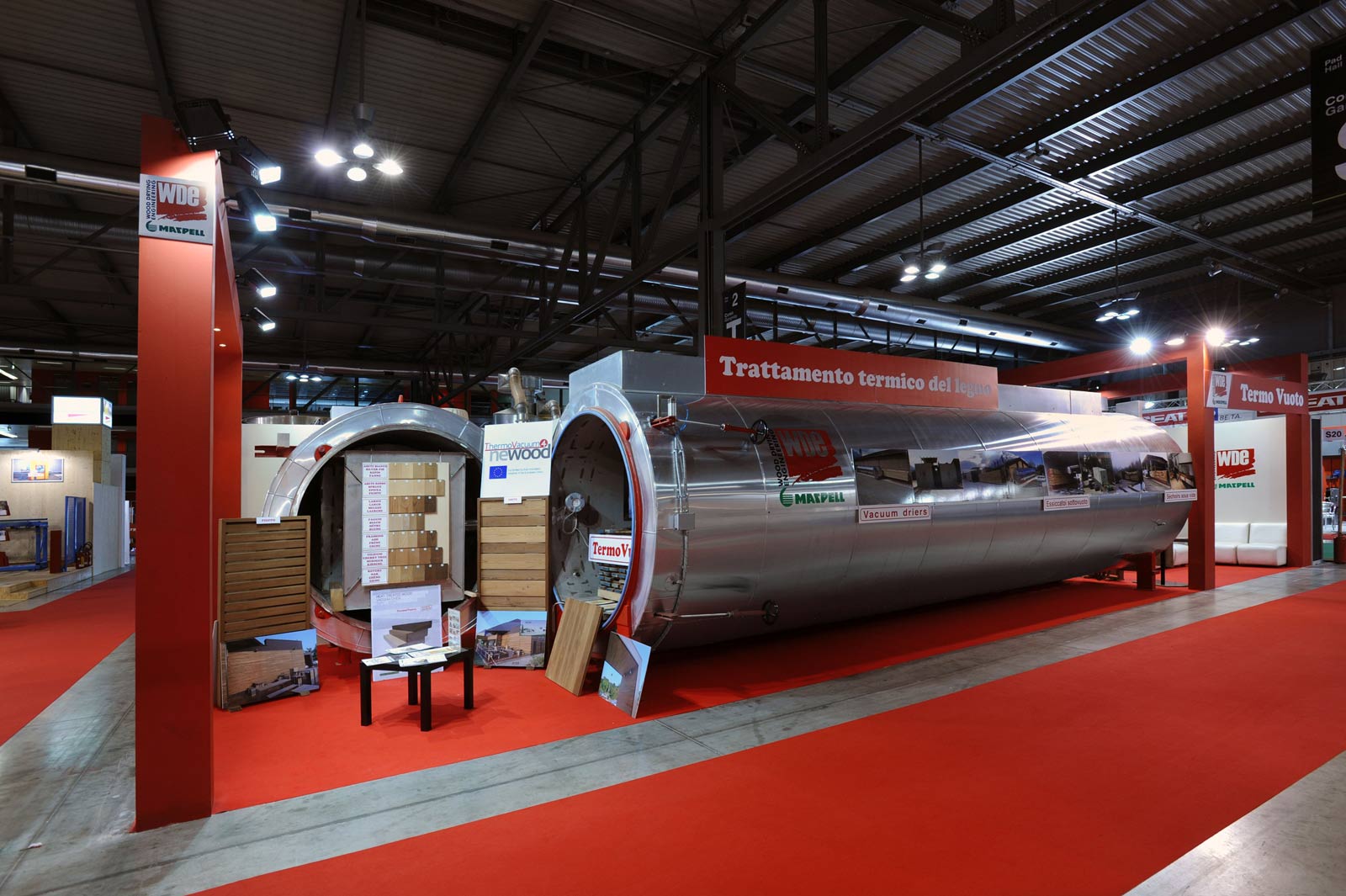Woodworking is an ancient practice which has not lost its charm over the years and we find it practiced today with the same experience, passion and dedication. A versatile, durable and natural material, wood conquers for its ability to create warm and welcoming atmospheres, thus proving to be perfect for both modern furnishings and those with a classic charm. These capabilities derive from the fact that it is a living material, and as such it must be “prepared”.
Wood craftsmen know well that it is unthinkable to take freshly cut wooden planks and use them for the construction of furniture. The high percentages of water that a freshly cut trunk contains would end up causing swelling and cracks in the furniture, parquet and any other wooden artifact, making it anything but beautiful to look at. In addition to developing aesthetic defects, the use of wood that has not been subjected to drying would inevitably also lead to the formation of fungi, degrading it biologically.
To guarantee products that really know how to conquer for their beauty over time, it is necessary to subject the wood to drying processes carried out in a workmanlike manner.
How to dry wood?
To correct the hygroscopic characteristic of wood, it is possible to resort to two different procedures: natural or artificial.
In natural drying, the wooden boards are stacked in the air, in dry and ventilated rooms. By eliminating the water, it will thus be possible to obtain wooden planks to be used for the construction of furniture, but in how long? It may take years to reach an ideal hygrometric equilibrium situation. Air-dried wood takes an average of one year for each centimeter of thickness to reach humidity levels of less than 20%.
The artificial drying process allows to obtain the same results, in much shorter times. And that’s not the only benefit of artificial drying. Let’s think about what would happen if, during air-drying, some boards were affected by fungi. If they are not identified on a superficial check, they could contaminate the entire pile.
Optimum wood drying and humidity levels
How much humidity can be reduced with the drying process? To prevent problems of biological degradation it is necessary to reach wood humidity levels below 20%. When we talk about wood intended for making furniture, the percentage drops further and it becomes important to be able to reach around 10%. Again, artificial drying offers advantages that air drying will never be able to offer.
A natural drying carried out in a workmanlike manner allows to reach the maximum wooden boards and beams with percentages of humidity equal to 12%, while the drying carried out inside a special oven WDE Maspell allows to regulate the process and thus obtain wood with the desired percentage of humidity, making the wood optimal also for the construction of furniture.
